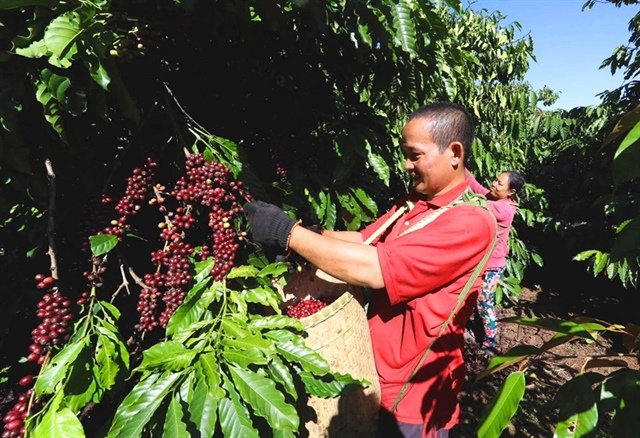Verification of goods origin on the rise
Verification of goods origin on the rise
Vietnamese enterprises have continuously been subject to inspections of the origins of their goods by foreign customs authorities as a result of the U.S.-Sino trade war.
Speaking at a conference titled “Instruction on how to benefit from rules on goods origin in the Comprehensive and Progressive Agreement for Trans-Pacific Partnership (CPTPP),” held by the Ministry of Industry and Trade and the HCMC International Integration Support Center on February 27, in HCMC, Trinh Thi Thu Hien, head of the origin of goods division under the ministry’s Export-Import Department, stated that the existing trade war between the United States and China had put Vietnam’s goods under the scanner.
International customs authorities verify the origin of goods imported to their countries because goods from China could be shipped to other countries, including Vietnam, and then exported to the United States or vice versa. In fact, goods transshipments are on the rise.
In accordance with prevailing regulations, the verification of the origin of goods is practiced in line with Circular 39/2018/TT-BCT. Accordingly, foreign customs authorities contact the Ministry of Industry and Trade to check information related to the products’ origins or launch an on-site inspection into a certain firm.
Hien proposed that the local firms keep origin certificates for at least five years and adequately prepare paperwork for the verification process by foreign customs authorities when applying for the preferential tax offered by the CPTPP.
The Department of Trade Defense, under the Ministry of Industry and Trade, recently issued warnings of constant anti-tax evasion inspections of Vietnamese goods by foreign countries after the trade war broke out. The products subject to these inspections are mainly steel, fiber, household appliances and electronics.
Also, the ministry has asked Vietnam’s goods exporters to strictly abide by regulations on the verification of the origin of goods and not to aid and abet violators.
Besides this, the firms were required to collaborate with the competent agencies to look into the market to promptly handle violations and avoid damaging the country’s export and production sectors.
Further, Hien remarked that goods export firms do not have to select the preferential tax from the CPTPP, which takes effect in Vietnam on January 14, as many members of the CPTPP have signed bilateral agreements with Vietnam and imposed export tariffs that are much lower than the taxes set in the CPTPP. As a result, the firms may choose any rule on the origin of goods suitable for their products and production processes to easily help them prove the goods’ origins and provide the necessary certificates.



















